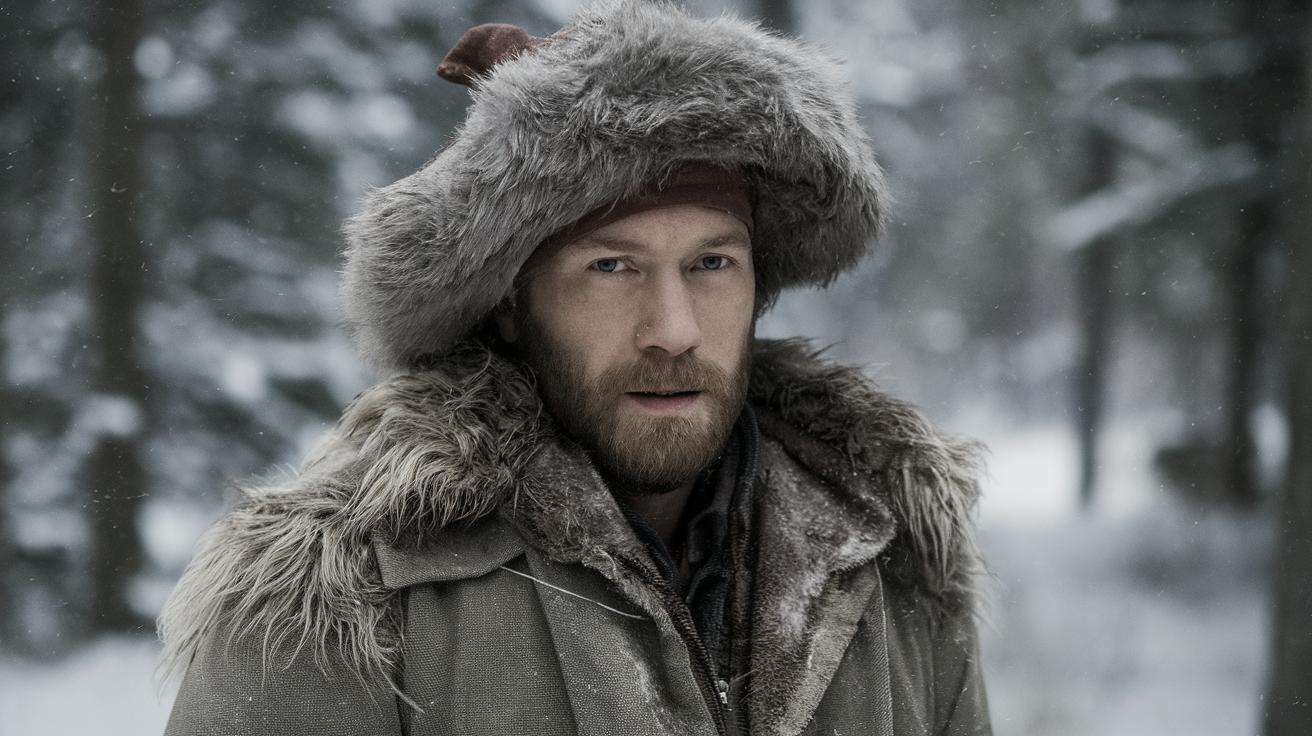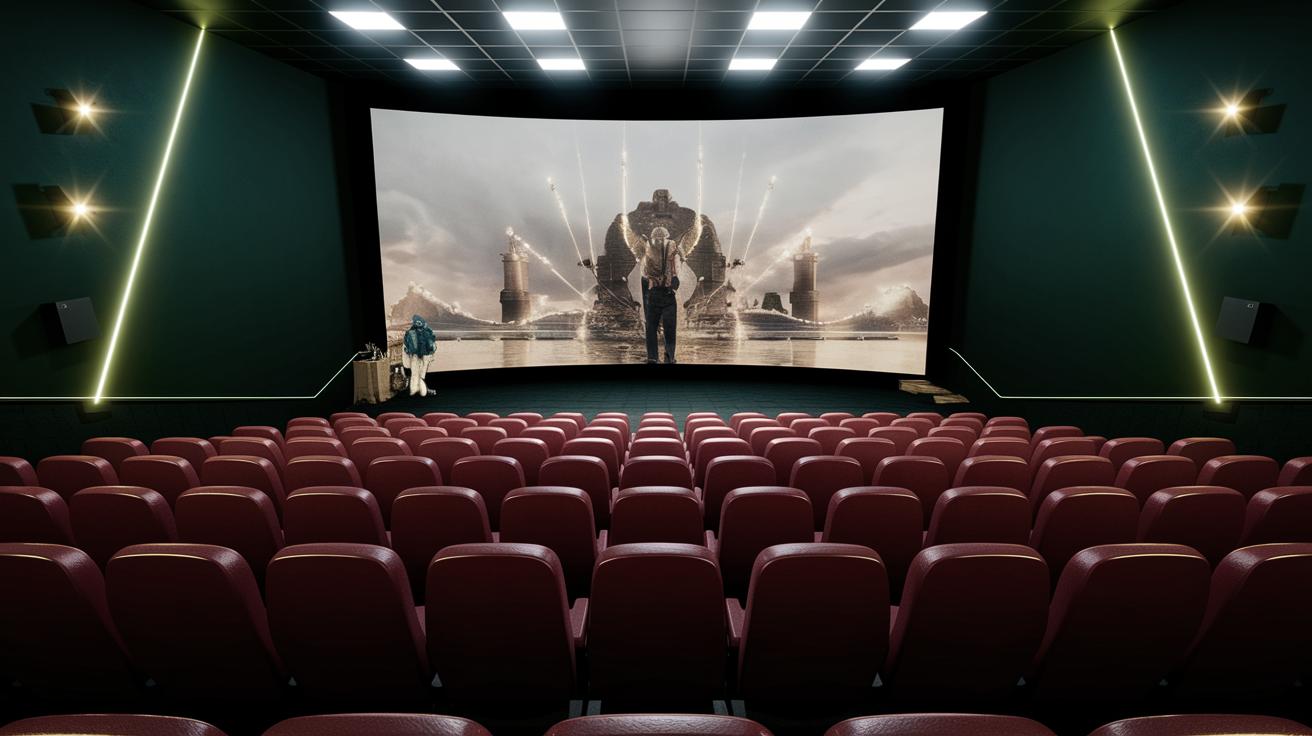Emerging Trends in Film Genres
As the cinematic landscape evolves, film genres continue to innovate, blend, and reinvent to captivate audiences across the globe. From the silent features of early Hollywood to the remarkable visual spectacles of contemporary filmmaking, genres adapt constantly to audience expectations and societal changes. This exploration covers pivotal eras in film history, the subtle art of genre conventions, the rise of hybrid genres, and cultural impacts leading into future trends. Moreover, we’ll explore how platforms like Filmustage are empowering creators to push the boundaries of cinematic expression, leaning into the ever-expanding tapestry of storytelling mediums.
The Evolution of Genres in the History of Cinema 🎥
Early Genre Shooting (1895-1930s)
The roots of cinema lie within a diverse mix of genres crafted during the silent film era. Filmmakers, such as Georges Méliès, experimented with fantasy and special effects, while Westerns celebrated frontier tales and slapstick delivered comedy without dialogue. The silent era showcased the adaptability of genres as a tool for storytelling, even without spoken words. As sound was introduced in the late 1920s, genres became more solidified, allowing audiences to experience a fuller sense of narrative depth.
This formative period saw the bursts of creativity that defined the embryonic stages of genre filmmaking. As technology advanced, pioneering directors took audiences from intimate dramas to grand spectacles, tapping into the basic human emotions of joy, fear, and curiosity, establishing foundation genres that still influence modern cinema.
Golden Age (1930s-1950s)
The Golden Age of Hollywood cemented genres such as musicals, comedies, and noir, each blossoming within the studio system’s big-budget productions. During these years, filmmakers honed their talents within structured narratives, creating iconic classics that are still referenced and revered. Technicolor and widescreen innovations expanded the visual palettes available to filmmakers, further enhancing genre storytelling.
This period introduced legendary directors like Alfred Hitchcock and Billy Wilder, who expertly weaved suspense and wit into their films, pushing the boundaries of genre expectations. Concurrently, international cinema saw directors like Akira Kurosawa influence genre films with his mastery of samurai epics, which crossed continents to inspire Westerns and action films.
The Era of Authors (1960–1970s)
Transitioning from the studio-dominated Golden Age, the ’60s and ’70s presented a cinematic revolution where auteur theory brought personal, artistic visions to the forefront. Directors like Stanley Kubrick and Ingmar Bergman explored complex themes and unconventional storytelling, often blending genres or subverting traditional narratives to reflect social and political changes.
The era of auteurs ignited a creative freedom, allowing genre boundaries to blur and filmmakers to explore more personal stories. With the counterculture movement’s rise, new genres like independent films and subgenres such as psychological horror thrived. This period paved the way for the experimental storytelling that defines contemporary cinema.
Genre Renaissance (1980s–present)
Spanning from the 1980s to now, the Genre Renaissance has celebrated the rebirth and evolution of cinematic genres. Technological advances, such as digital effects, opened universes of possibilities, giving rise to blockbuster epics in science fiction, fantasy, and superhero films. Meanwhile, the nostalgic revival of genre conventions in TV series and streaming films has revitalized interest in past styles.
In more recent years, filmmakers creatively adapt and intertwine genres: romantic-comedy with science fiction and horror with drama, reflecting the growing appetite for new experiences. This ongoing evolution highlights genres’ resilience and adaptability within a digital age marked by diverse content consumption forms and platforms.
Decoding the Genre Manual: Exploring Conventions and Audience Expectations 📚
Setting the Stage 🎬
At the heart of film genres lies a set of conventions that frame storytelling. From narrative structures and character archetypes to visual styles and thematic motifs, these conventions offer familiar frameworks that audiences expect and cherish. As genre cinema evolves, directors balance meeting these expectations while introducing fresh perspectives that captivate viewers.
The power of setting lies in its ability to transport and immerse audiences, rendering environments as principal actors in storytelling. The evocative landscapes of Westerns or the tension-filled streets of noir films stand testament to the significance of world-building within genres. Understanding and reinterpreting these conventions through a contemporary lens helps filmmakers create engaging and relatable narratives.
Visual Storytelling 🎥
Genre films are renowned for their visual cues that define their distinct styles. The stark shadows and light interplay in horror, the sweeping romanticism in musicals, or vibrant vistas in adventure films exemplify how visual storytelling enhances narrative depth. Audiences relish these elements that assist in anticipating narrative turns or character fates.
As technology advances, visual storytelling finds new avenues to flourish through CGI, VR, and AR innovations. These advancements enable filmmakers to transcend naturalistic boundaries, offering viewers immersive experiences that were once only imagined. This evolution highlights cinema’s capacity to surprise through novel visual interpretations.
Changing Genres and the Art of Surprise 🌟
Genres serve as canvases for filmmakers to not only meet expectations but also subvert them. The deliberate deviation from established norms often leads to memorable cinematic surprises that keep audiences engaged. By challenging conventional tropes, directors can evoke unexpected emotional responses, redefining genre films’ narrative landscapes.
The genre-blending today has resulted in films where suspense meets comedy, or animated features evoke deep philosophical musings, reflecting the creative renaissance filmmakers harness to keep storytelling ever-fresh and exciting. This art of surprise exemplifies genres’ adaptability, ensuring that audiences remain enthralled.
Blurring the Lines: Hybrid Genres Reshaping Cinema 🔀
🎬 Hybrid Film Genres
The merging of genres—hybrid genres—opens new narrative horizons, presenting filmmakers with expansive canvases to explore. Renowned mixtures like “romantic sci-fi” or “horror comedy” demonstrate how intertwining genres allow for richer, more complex storytelling. With these hybrids, audiences encounter novel experiences that transcend traditional category boundaries.
This blending crafts films like “The Shape of Water,” which traverses fantasy, horror, and romance with fluidity. Such innovations invite audiences into multifaceted worlds, encouraging filmmakers to pursue imaginative tales that once seemed inconceivable, attracting broader demographic viewership by offering something relatable to everyone.
💡 Innovative Film Genres
Beyond hybrid genres, innovative genres emerge through technological advancements and shifts in audience demographics. The proliferation of digital platforms has nurtured niche genres like found footage films and interactive narratives, expanding the conventional cinema experience to encompass user-driven storytelling.
These innovations redefine engagement, inviting the audience into participatory roles within the narrative itself. This unlocks cinema’s potential, creating participative viewers rather than passive voyeurs. Such creative pathways beckon the future of cinema, where interactivity and immersion offer entirely new dimensions for storytelling.
Embracing Artistic Freedom: Transcending Boundaries 🎨🌈
The continuous evolution of cinema reflects in its approach towards artistic freedom, with filmmakers championing stories transcending conventional genre limits. This empowerment drives narratives that tackle diverse, often underrepresented voices, enriching the cinematic discourse.
Artistic freedom fosters authenticity, allowing filmmakers to challenge societal norms and bring attention to critical issues through their art. As cinema progresses, this unfettered exploration will contribute to a richer global film culture, promoting a more inclusive and reflective medium.
Cultural Impact and Future Trends 🌍🔮
The impact of film genres extends far beyond entertainment, deeply influencing cultural dialogue and perceptions. As society evolves, so too do the conversations supported by films, whether through addressing social justice or spotlighting environmental concerns. Films remain powerful tools for reflecting and questioning the human condition.
Looking to the future, trends indicate a continued exploration of hybrid genres accompanied by an increasing embrace of virtual reality and AI-driven narratives. The globalization of film content allows many voices to be heard, promising an enriched understanding of diverse cultures and narratives.
Filmustage: Empowering Filmmakers to Explore the Boundaries 🤖
As filmmakers continue to push the limits of genre storytelling, resources like Filmustage provide invaluable support. Filmustage’s cutting-edge AI-driven tools assist creators in pre-production and beyond, streamlining workflows, allowing more focus on creative pursuits, and liberating artistic potential across genres.
By reducing technical barriers, Filmustage empowers storytellers to originate bold, genre-defying narratives. Seamlessly integrating advanced planning and data analytics, filmmakers can explore innovative approaches while remaining anchored by robust previsualization and storytelling capacities.
Final Thoughts
| Aspect | Details |
|---|---|
|
The Evolution of Genres in Cinema |
Explores early to modern genre evolution highlighting influence and notable figures. |
|
Decoding the Genre Manual |
Insight into genre conventions, visual storytelling, and the art of subversion. |
|
Blurring the Lines: Hybrid Genres |
Discusses the rise of hybrid and innovative genres, empowering new narratives. |
|
Cultural Impact and Future Trends |
Examines cinema’s cultural impact and potential future genre trends. |
|
Filmustage and Genre Exploration |
Highlights the role of Filmustage in enhancing filmmakers’ creative processes. |


